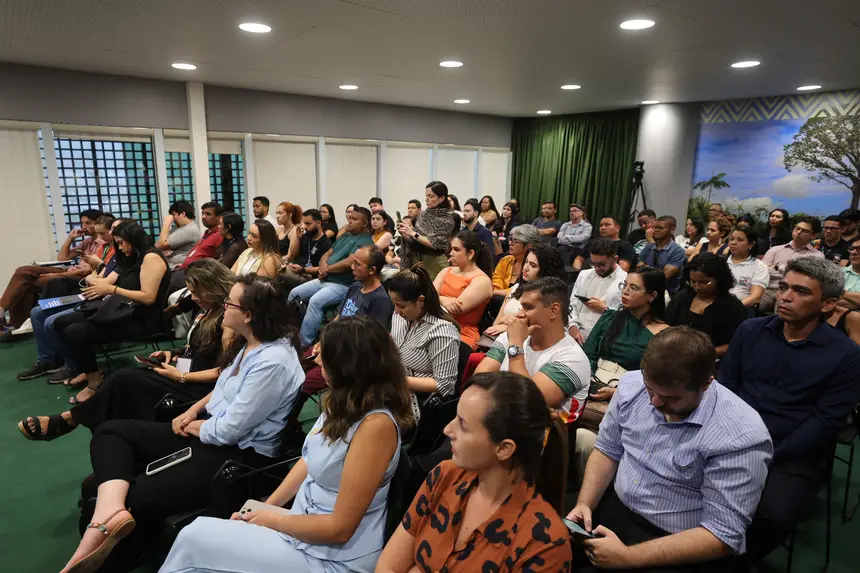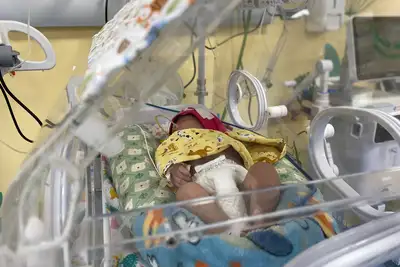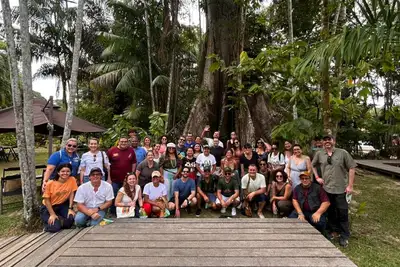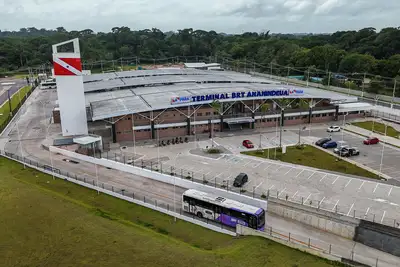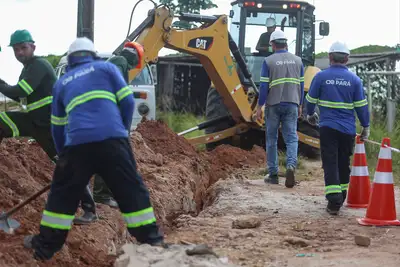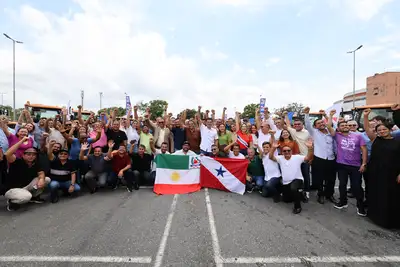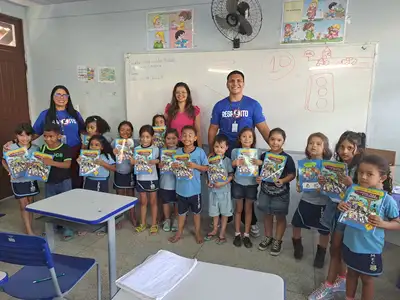Environmental Regularization Manual marks a historic advance for rural settlements in Pará
The publication consolidates methodologies, practical guidelines, and procedures applied by the State in recent years and establishes itself as a guiding manual for environmental regularity.

The State Secretariat for the Environment, Climate, and Sustainability (Semas) launched, at the Pará Pavilion in the Green Zone at COP30, the Environmental Regularization Manual for Agrarian Reform Settlements, developed in partnership with the German Agency for International Cooperation (GIZ) and the National Institute for Colonization and Agrarian Reform (Incra). The publication consolidates methodologies, practical guidelines, and procedures applied by the State in recent years and establishes itself as a guiding manual for environmental regularity in rural settlements.
The Deputy Secretary for Environmental Management and Regularity of Semas, Rodolpho Zahluth Bastos, highlighted that the document arises from a collective effort among the technical teams of Semas, GIZ, and Incra.
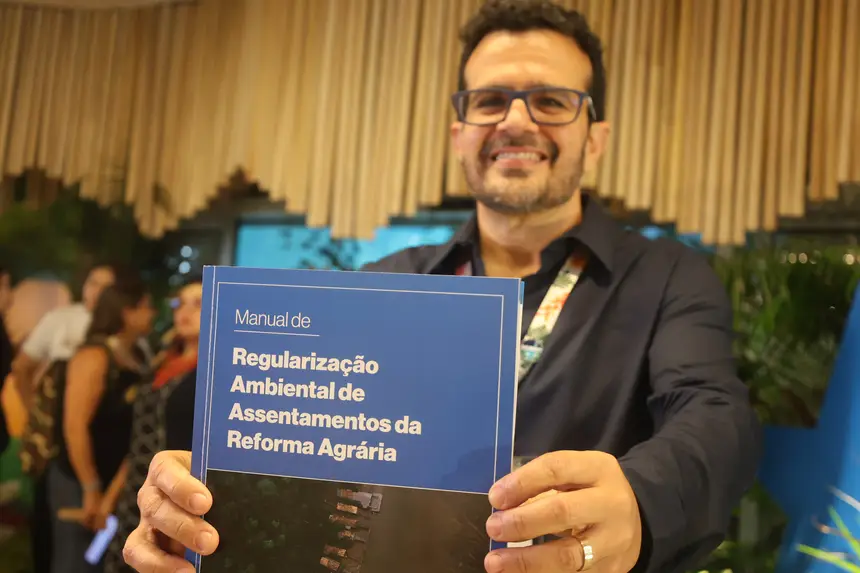
"Today we are celebrating the launch of the environmental regularization manual for federal rural settlements. The partnership with GIZ supported us, and the technical team from Semas and Incra developed a manual that serves as a guiding reference for the environmental regularity of CAR lots in rural settlements,” he stated.
The secretary emphasized that the settlements constituted the last major frontier of environmental regularization in Pará and that the State has already delivered 1,200 validated Rural Environmental Registries (CARs) in these areas. “With this guiding manual, which brings all the accumulated experience of the technical teams, we will be able to advance and scale up the partnership agenda with Incra,” he said. He recalled that a new technical cooperation agreement recently signed between the entities will allow for expanding field actions and strengthening support for settled families.

The manual will be available in both physical and digital formats, ensuring access for technical assistance institutions and state and federal agencies involved in environmental regularization. “It will be essential as a guiding manual to advance the regularity agenda of the settlements,” the secretary affirmed.
National reference and methodological basis for other states - by gathering consolidated guidelines, standardized procedures, and the practical experience of teams in the territory, the manual also serves as a reference beyond Pará. By systematizing a model that already demonstrates concrete results, the document can guide states seeking to advance in the environmental regularization of agrarian reform settlements and structure their territorial planning policies.

In 2024, Pará consolidated its leadership by becoming the first state in the country to validate CARs for settlements, a direct result of the application of the methodologies now described in the manual.
Pioneering efforts of Pará in the strategy of community work - during the launch, the secretary noted that the strategy of community environmental regularization work, now adopted in several states and reinforced by the federal government, began in Pará back in 2021. He highlighted that this work arose from the need to bring the State closer to families who did not have access to the internet or digital tools.
The initiative structured a new model of direct and continuous service, which later became a national reference and helped to unlock the analysis of CARs at scale, allowing for the expansion of actions, reducing environmental liabilities, and increasing access for settled families to credit, public policies, and legal security.


